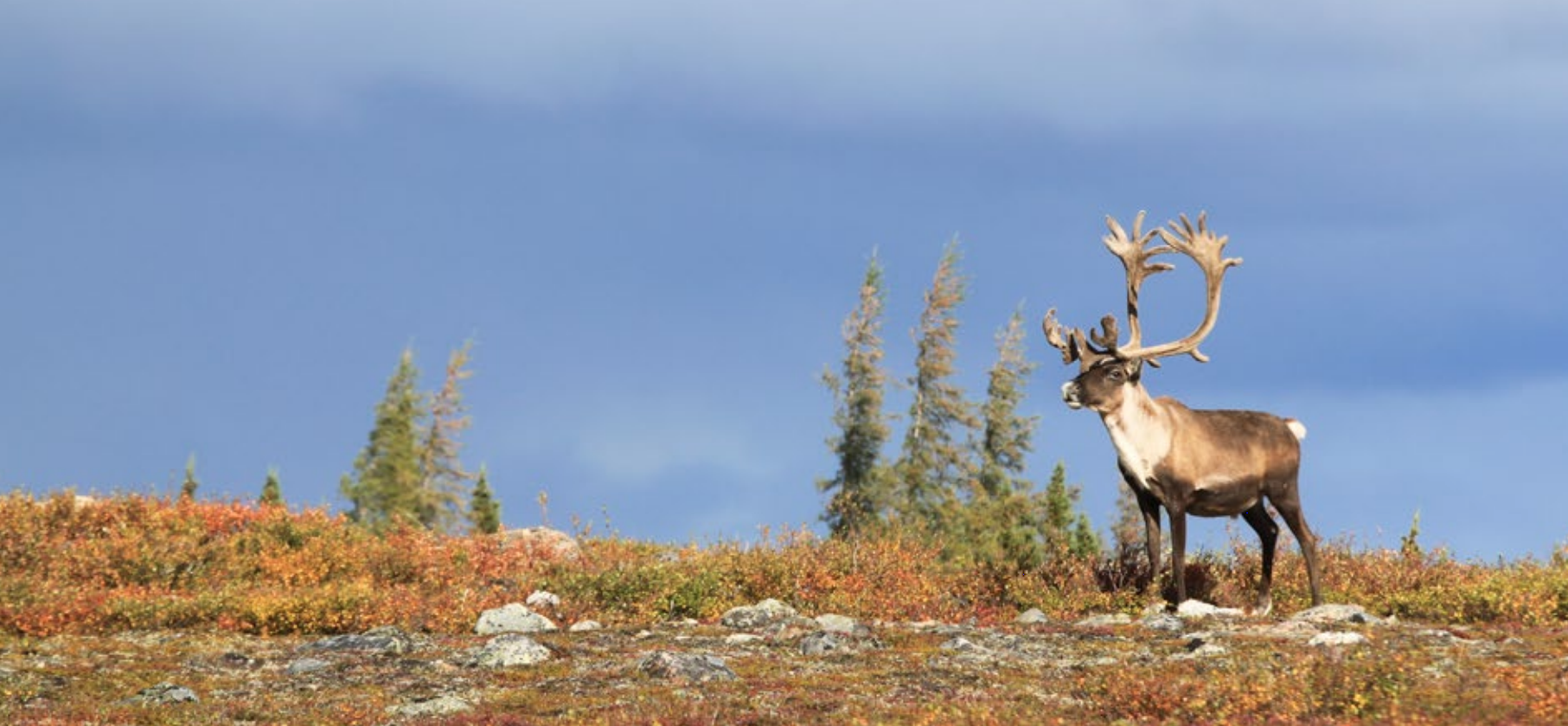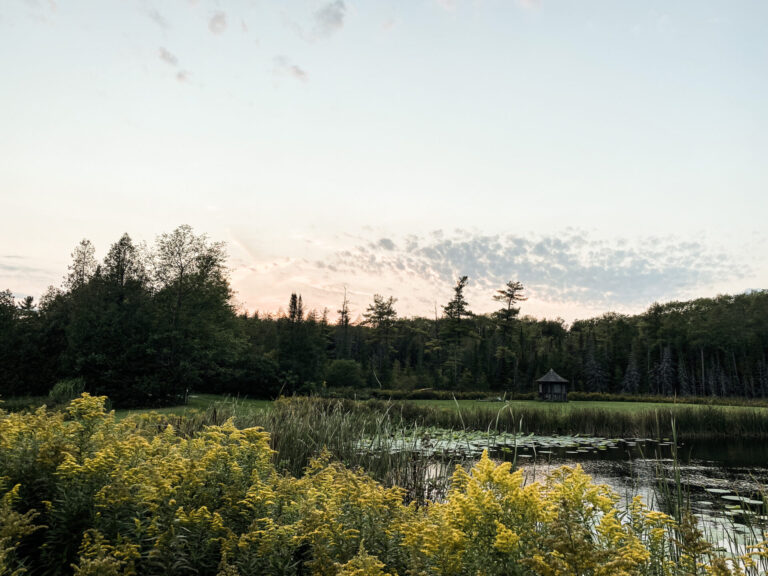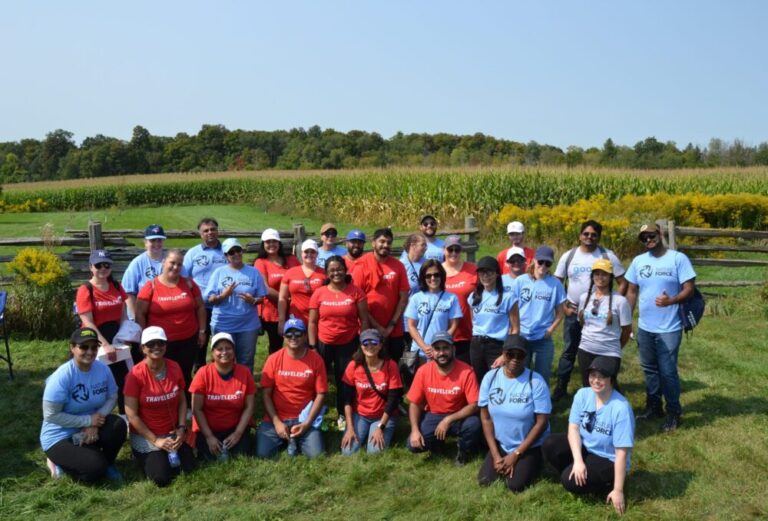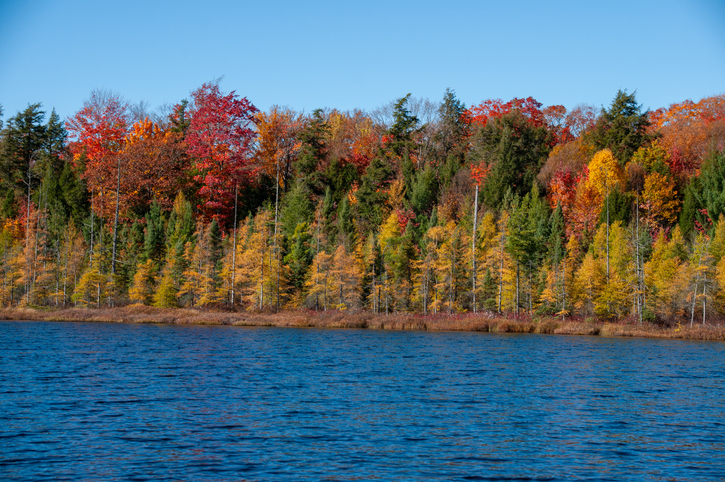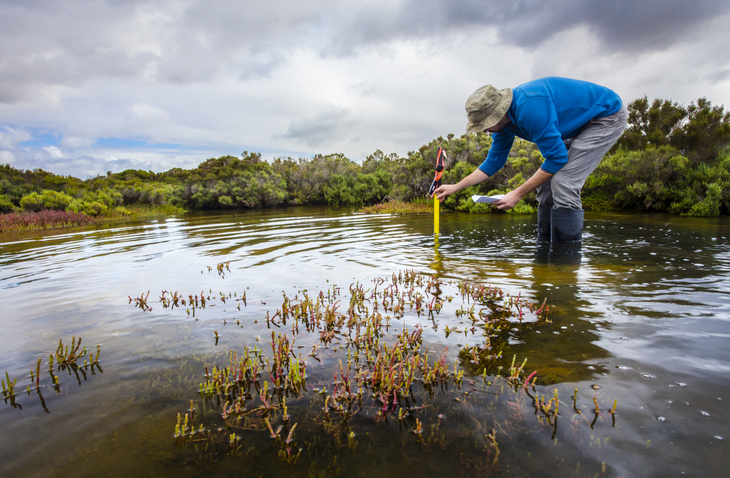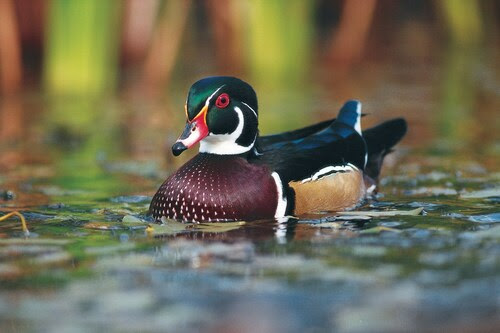Jonathan Wilkinson, Minister of Environment and Climate Change, announced that the Government of Canada has invested $3.2 million in the Seal River Watershed Indigenous Protected Area Initiative located in the Taiga Shield of northern Manitoba in the traditional territories of the Cree, Dene, and Inuit. This project is working to conserve and protect habitat for wildlife, including species at risk such as the Polar Bear, Short-eared Owl, Olive-sided Flycatcher, and Barren Ground caribou. This funding comes from the Canada Nature Fund’s Target 1 Challenge.
“We appreciate the Government of Canada’s investment in Indigenous conservation. The Dene, Cree, and Inuit peoples have cared for these lands, waters and animals since time immemorial. Every aspect of our cultures, spirituality and identities are rooted in our relationship to the caribou and to the lands which sustain us. We envision a pristine watershed where people, animals and fish are healthy, our unique languages and cultures are thriving, and there is hope and abundance for all future generations,’ said Ernie Bussidor, Executive Director, Seal River Watershed Alliance and former chief of Sayisi Dene First Nation.
The Seal River Watershed (50,000 km2 of traditional lands and Manitoba provincial crown land) is one of the world’s largest remaining ecologically intact watersheds; it is nearly the size of Nova Scotia. The Seal River still flows freely into Hudson Bay, a 260-kilometre (km) path unhindered by dams and industrial developments with water so clean one can drink directly from the river. Large numbers of harbour seals can be found 200 km inland from the mouth of the Seal, giving the river its name.
Five Indigenous communities with three distinct cultures are working together with a common purpose to conserve the Seal River Watershed as an Indigenous Protected Area. The goal of this project is to protect the watershed from industrial development in order to preserve it in its pristine state for future generations to enjoy. It is also a unique opportunity to pass on traditional knowledge, history and culture to youth in the region while bolstering opportunities for cultural and ecotourism.
“There are few places left in the world where it’s still possible to preserve an area as pristine and as massive as the Seal River Watershed. What’s remarkable about the Seal River Watershed is that the landscape remains unaltered with no permanent roads or industrial developments and that all of the streams and lakes which flow into the river – and ultimately into Hudson Bay – remain intact and free of pollutants. Conserving the Seal River Watershed would be a gift to the globe because of the tremendous oxygen that it supplies for people and wildlife on earth, the colossal amount of carbon stored in the watershed, and all the clean, fresh water that it holds,” said Ron Thiessen, Executive Director, Canadian Parks and Wilderness Society (CPAWS) – Manitoba Chapter.
In order to manage the project, Sayisi Dene First Nation, with the support of their Cree, Dene, and Inuit neighbours, created the not-for-profit Seal River Watershed Alliance. The project activities include engaging with the Province of Manitoba in discussions about the future status of the area, and it has already created 17 jobs within the communities, including youth ambassadors who are receiving valuable conservation and cultural training as well as positions in community engagement and project management.

